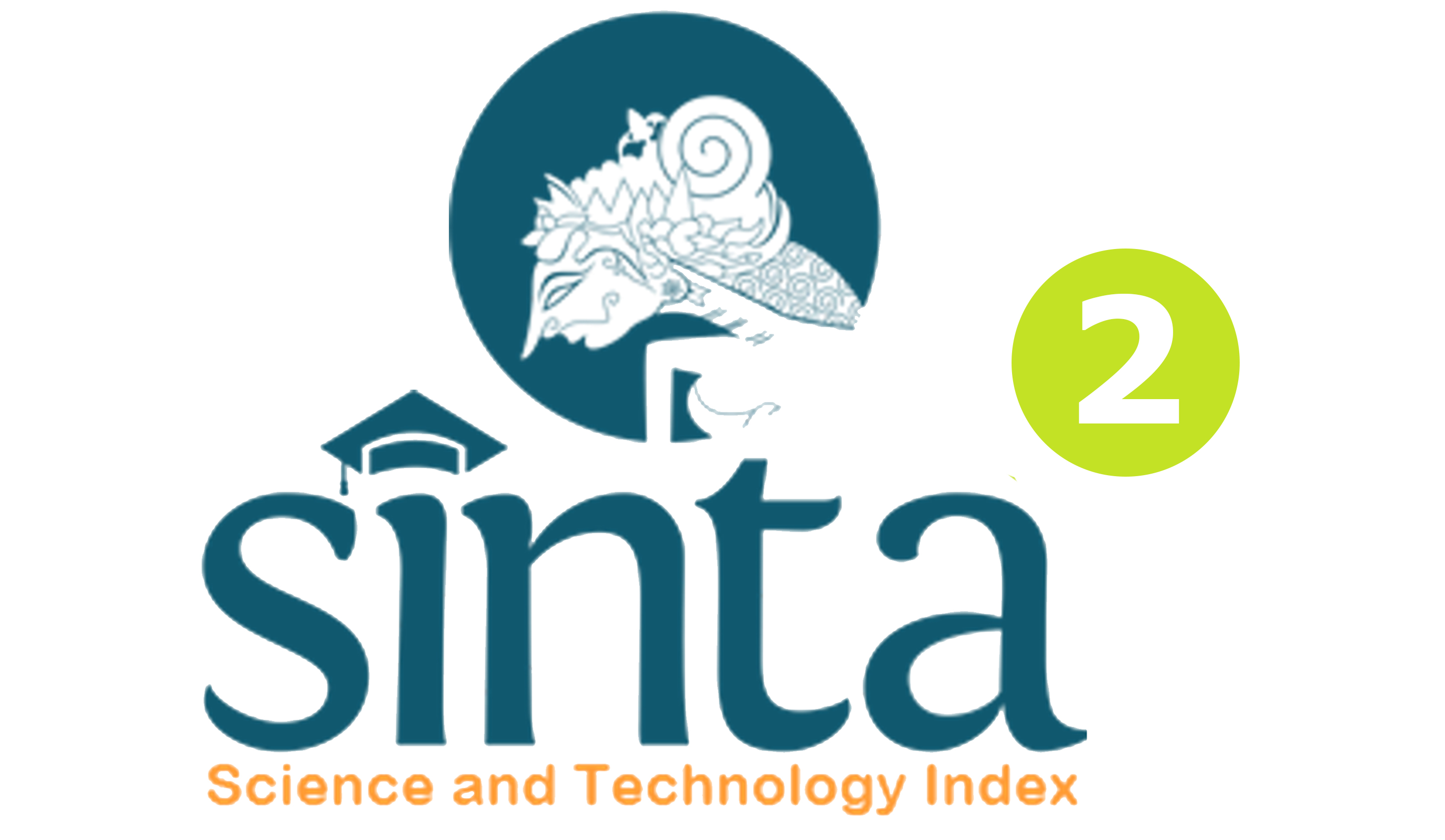Effectiveness of Behavioral Counseling with Modeling Techniques to Improve Affiliate for students
DOI:
https://doi.org/10.23887/bisma.v2i2.18021Abstract
The purpose of this study is to determine the effectiveness of behavioral counseling with modeling techniques to increase affiliation in class VII H students of SMP Negeri 3 Singaraja. Research This experiment used a pretest-posttest control group design. The research population is students of class VII of SMP Negeri 3 Singaraja Buleleng Bali. Through random sampling technique, a sample of 69 students (male 30, female 39. average age 14 years) was obtained. 35 students were placed in the Experiment group who received behavioral counseling with modeling techniques and 34 students in the control group without treatment. Research research data is collected with affiliate inventories. The data of this study were analyzed with a differential t-test using the JASP0.10.0.0 for Windows program and continued in Cohen to calculate effectiveness. The results of the analysis showed 1) a value of 0,01, significant at 0,01> 0.05 2) The effect size of 3,49 was categorized as high. This means that there is a significant difference in the value of students who are given treatment behavioral counseling modeling techniques. Students given treatment are higher in affiliation than students without treatment. Become behavioral counseling with effective modeling techniques to increase affiliation.
References
Aprilia, D., Suranata, K., & Dharsana, I. K. (2014). Penerapan Konseling Kognitif Dengan Teknik Pembuatan Kontrak (Contingency Contracting) Untuk Meningkatkan Konsentrasi Belajar Siswa Kelas X TKR1 SMK Negeri 3 Singaraja. Jurnal Ilmiah Bimbingan Konseling Undiksha, 2(1).
Corey, G., Corey, MS., and Callanan, P,. (1988). Issues and Ethiics in The Helping Proffesion.Third Edition. Belmont : Brooks/Cole-Thomson Learning
Corey, G. (2005). Theory and Practice of Counseling and Psychotherapy. Seventh Edition.Belmont : Brooks/Cole-Thomson Learning.
Dharsana. (2013a). Konseling Lintas Budaya. (F. Undiksha, Ed.). singaraja.
Dharsana, K. (2013b). Teori-Teori Konseling(Diktat). (Ganesha, Ed.). singaraja.
Dharsana, K. (2014a). Model-model konseling, teori-teori konseling. (J. B. Konseling, Ed.). singaraja.
Dharsana, K. (2014b). Model-Model Teori, Teknik, Skill Bimbingan Konseling. (J. B. K. F. I. P. U. P. Ganesha, Ed.). Singaraja.
Dharsana, I. K. (2007). Dasar-Dasar Konseling Seri 2. Singaraja: Jurusan Bimbingan dan Konseling Fakultas Ilmu Pendidika Universitas Pendidikan Ganesha. Retrieved from https://scholar.google.co.id/citations?user=31qpjl4aaaaj&hl=id&oi=sra
Kuriawan, Adek. 2016 Efektifitas Model Cognitif Behavioral Dengan Teknik Latihan Asertif Dan Teknik Modeling Terhadap Need of affiliation Di Tinjau Dari Tipe Keperibadian Pada Siswa Kelas VIII SMP LAB Undiksha.
Sedanayasa, Gede, and Kadek Suranata. "Dasar-dasar bimbingan konseling." (2010).Sugiyono. 2009. Metode Penelitian Kuantitatif Kualitatif dan R&D. Bandung: CV. Alfabet
Suranata, K. (2013). Pengembangan Model Tutor Bimbingan Konseling Sebaya (Peer Counseling) Untuk Mengatasi Masalah Mahasiswa Fakultas Ilmu Pendidikan Undiksha. JPI (Jurnal Pendidikan Indonesia), 2(2).
Suranata, K., Atmoko, A., & Hidayah, N. (2017, August). Enhancing Students' Resilience: Comparing The Effect of Cognitive-Behavior And Strengths-Based Counseling. In 2nd International Conference on Innovative Research Across Disciplines (ICIRAD 2017). Atlantis Press.
Sutama, & Suranata. (2014). Modeling Untuk Meningkatkan Kemandirian Belajar Siswa Kelas AK C SMK Negeri 1 Singaraja. E-Journal Undiksa Jurusan Bimbingan Konseling, 2(1). Retrieved from https://www.google.com/url?sa=t&rct=j&q=&esrc=s&source=web&cd=1&cad=rja&uact=8&ved=0ahUKEwi9n6v4293XAhWJMY8KHZ1SD2EQFgg
Tri Sutanti. (2015). Efektivitas Teknik Modeling Untuk Meningkatkan Empati Mahasiswa Prodi Bk Universitas Ahmad Dahlan. Jurnal Psikologi Pendidikan & Konseling, 1(2), 188–198. Retrieved from http://ojs.unm.ac.id/index.php/JPPK
Wiladantika, K. P., Dharsana, I. K., & Suranata, K. (2014). Penerapan Konseling Behavioral dengan Teknik Modeling untuk Meminimalisir Perilaku Agresif Siswa Kelas XI Bahasa SMA Negeri 2 Singaraja. Jurnal Ilmiah Bimbingan Konseling Undiksha, 2(1).
Yani, & Dharsana. (2014). Penerapan Konseling Behavioral Dengan Teknik Modeling Untuk Meningkatkan Proaktif Siswa Kelas X BB SMA Negeri 2 Singaraja. Jurnal Ilmiah Bimbingan Konseling, (1). https://doi.org/10.1016/0092-8674(94)90404-9
Yanica, L. (2014). Korelasi Antara Kebutuhan Afiliasi dan Keterbukaan Diri Dengan Intensitas Menggunakan Jejaring Sosial Pada Siswa Kelas VIII SMP Negeri 15 Yogyakarta. 8(33), 44.
Yunairrahmah, A. & A. &. (2014). Pengaruh Jejaring Sosial Terhadap Kebutuhan Afiliasi Remaja Di Program Studi Psikologi Fakultas Kedokteran Universitas Lambung Mangkurat. Journal of Psychology, 1–6. Retrieved fromhttp://ppjp.unlam.ac.id/journal/index.php/ecopsy/article/download/1937/1684








